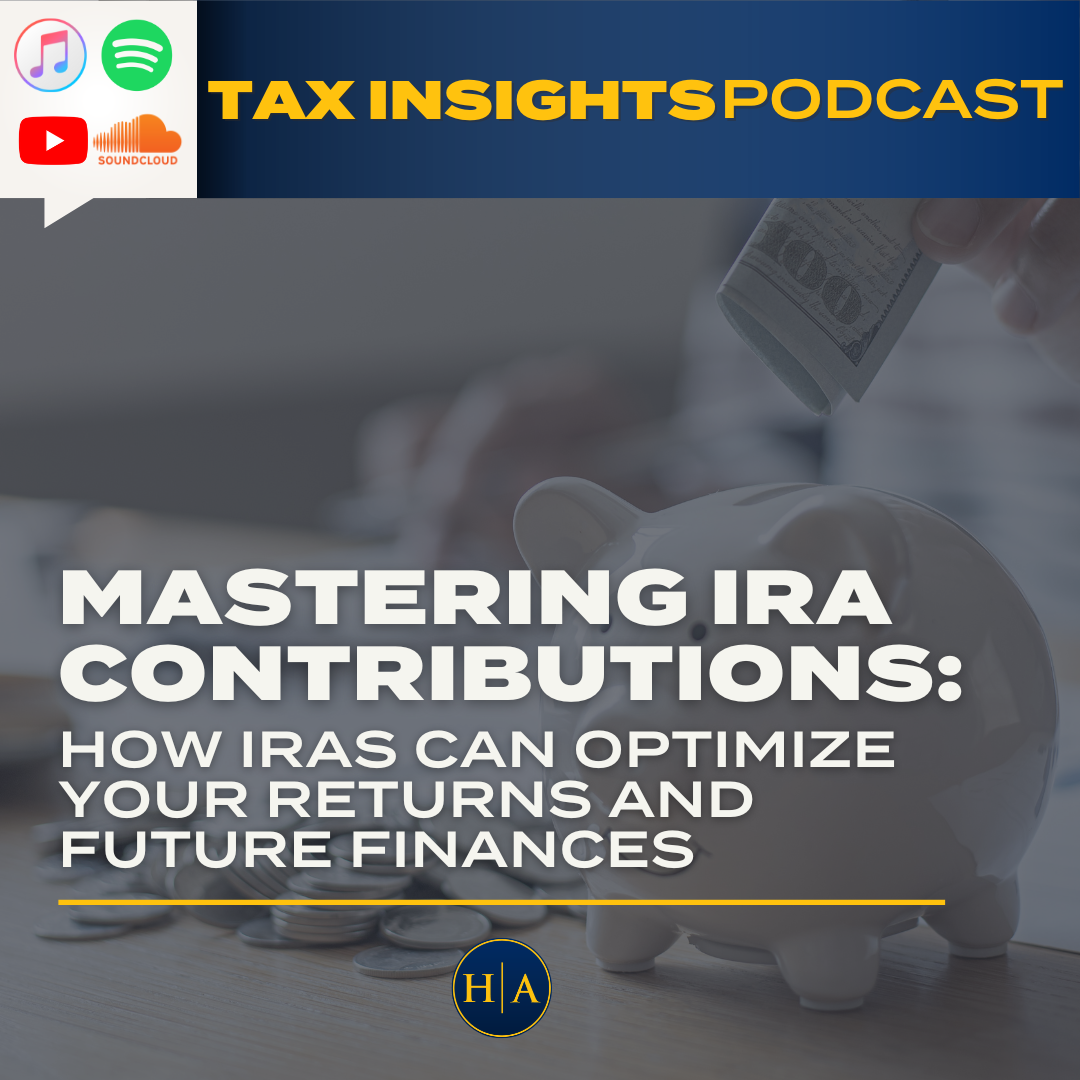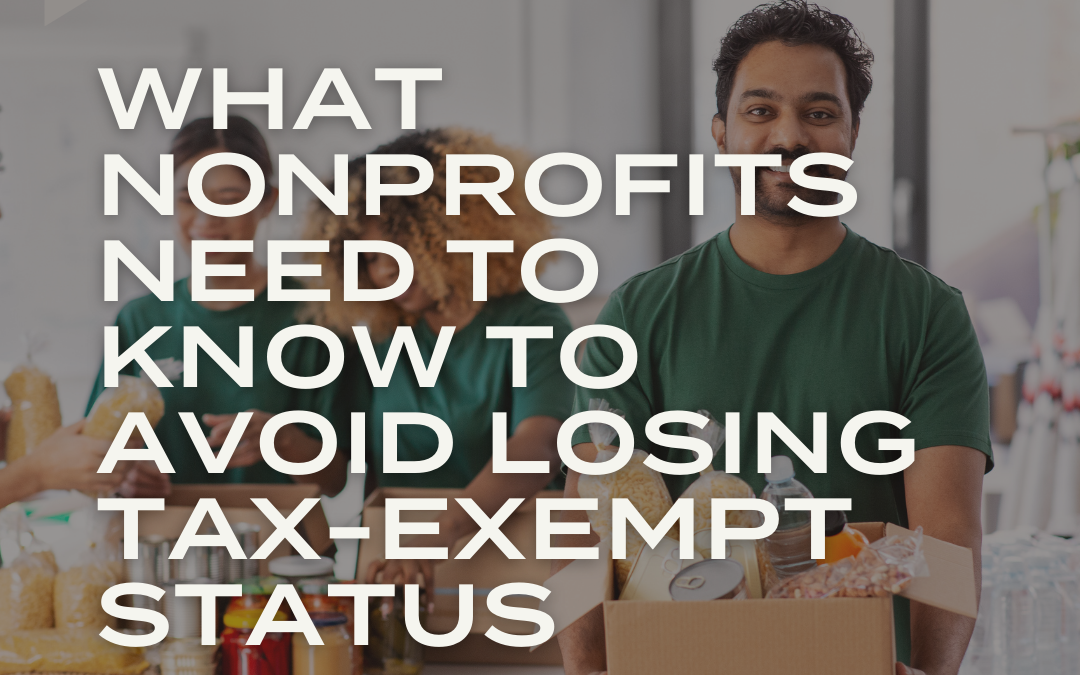Welcome to the Tax Insights Podcast, where we break down complex tax topics into bite-sized how-tos. In this episode of Tax Insights Podcast, Jeff Dvorachek explores the ins and outs of IRA contributions, from maximizing refunds to navigating spousal contributions and age considerations. Get ready to unlock the potential of IRAs and optimize your tax strategy like never before.
Host: Today on the program. We’re going to focus in and talk about IRAs and specifically how listeners could potentially save on their taxes through IRAs. Give us some updates.
Jeff: Yeah, so IRAs have been around for well over 50 years and surprisingly enough, maybe half for 60% of people have IRAs. So there’s a lot of people that still don’t even have IRAs. So that’s what I wanted to talk about today is ways that you can even save on last year’s taxes by putting money into an IRA before April 15th.
Host: So walk us through that because you can file your return now but actually not put the contribution in until closer to April 15th, correct?
Jeff: That’s it. You know, if you’re going to get a refund back on your 2023 return, you can literally file that return now. The refund should come before April 15th and you can use that refund money to fund the IRA that you want to take for last year. As long as you fund the IRA by April 15th, you’re in good shape.
Host: Now what about those families out there where one spouse works and one doesn’t, can that spouse who doesn’t work still contribute to an IRA and help the family household that way?
Jeff: In many cases, you can because as long as the working spouse makes more than let’s say 14 or $15,000, both spouses can put money into an IRA assuming that they fit within the income limits. Now there are some income limits that they’re going to want to look at but to answer your question, Terry, yes, a non-working spouse can actually put money into their IRA based off the earnings of their other spouse.
Host: Is there a maximum, an annual maximum that an individual can contribute to an IRA?
Jeff: There is. So in 2023, that number was $6,500. But if you were 50 years or older, you got an extra $1,000 so that bumped up to $7,500. And if we’re looking at this year, 2024, the limits went up by about $500. So you can put $7,000 away or $8,000 if you’re over 50.
Host: And again, that is per each individual, even if one spouse is not working, they both could have their own IRA, correct?
Jeff: That’s right. As long as the other spouse makes enough money, that’s correct.
Host: Now what about an age limit though? Isn’t there an age limit where you can no longer contribute to an IRA?
Jeff: You know, a lot of people think that because you have to start taking your required minimum distributions out of those IRAs at certain ages now.
Host: Yep.
Jeff: But for putting money into an IRA, there is no limit as long as you have earned income. So from W2 wages or from a side job or from a regular self-employed job, you can put money into an IRA. Even if you’re 80 years old, 90 years old, you can still put money into an IRA.
Host: Jeff, a lot of great information. And again, listeners, if you have questions, you want to learn more about this and how you can save on your taxes, connect with the team over at Hawkins Ash. Jeff, what is the best way for our listeners to reach out to you if they have questions regarding any of this information?
Jeff: I would go right to our website, which is Hawkins Ash.CPA and sign up for some of our newsletters. They give a lot of good information and they don’t come too often. So they’re not just clogging up your spam.





